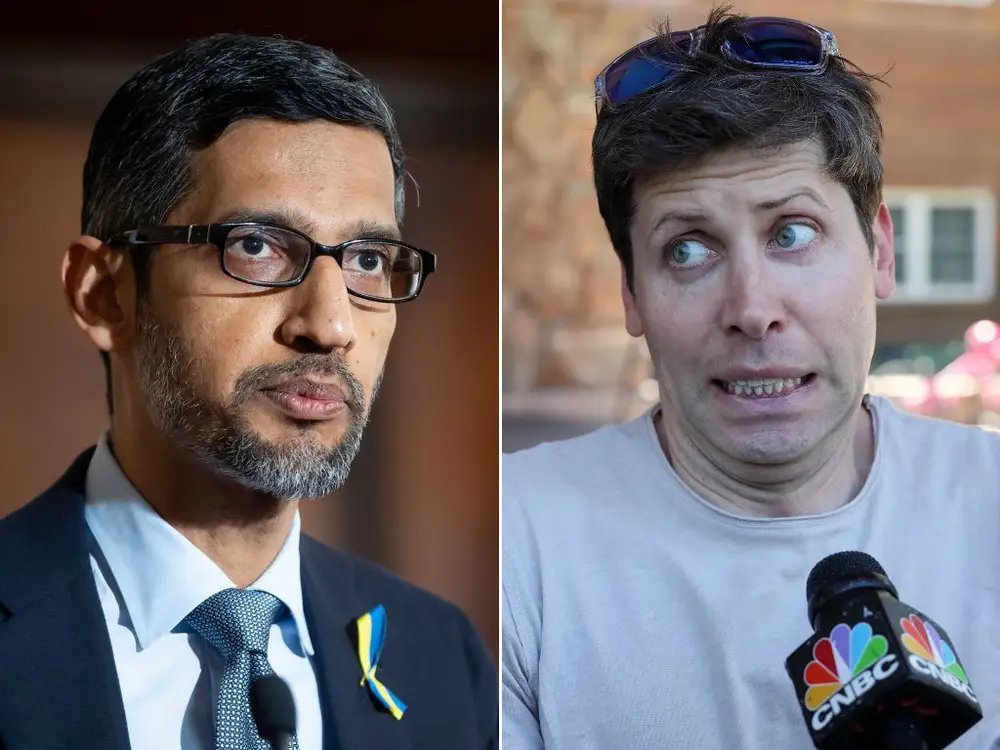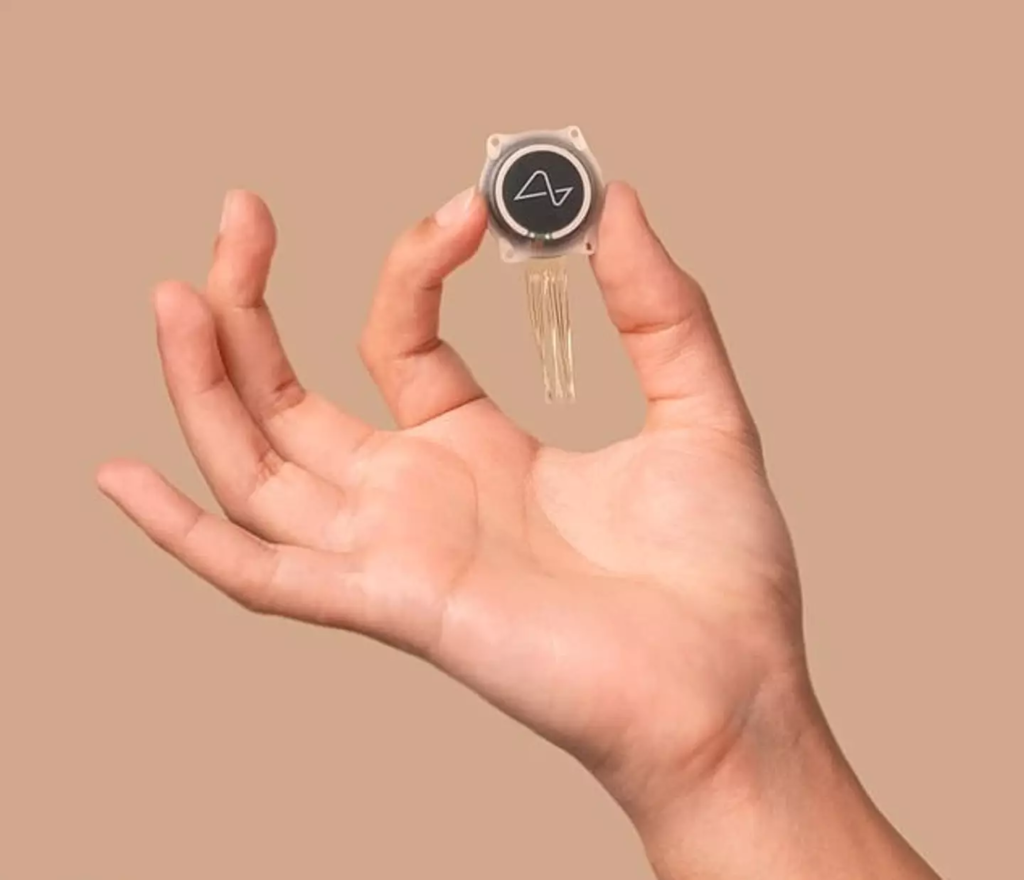Google Unveils Veo: Can Their New Generative Video Model Rival Sora?
At the annual Google I/O 2024, the company announced several new developments, including Google’s Veo, described as their “most capable generative video model to date.” The showcased capabilities suggest that Veo can indeed compete with OpenAI’s Sora, which has generated significant excitement in the filmmaking industry earlier this year. Let’s explore what Veo can do and Google’s plans for its release.

To compete in the crowded market, Google included all the features of previous models and enhanced them further. Veo generates high-quality, 1080p resolution videos exceeding one minute in various cinematic and visual styles. The model comprehends complex text prompts, produces hyper-realistic imagery, and maintains frame-to-frame consistency. Google’s Veo includes an editing feature that offers significant control over video results, similar to Adobe’s recently announced Generative Fill for video. Users can upload original or generated clips and modify various components.
Sundar Pichai has suggested that OpenAI may have violated YouTube’s terms and conditions to train its text-to-video model, Sora
“So, you perceived that they violated your terms and conditions, or perhaps, if they did, that would not have been suitable?” Nilay Patel, the editor-in-chief of The Verge, inquired during an interview with Pichai published on Monday.
“Indeed. Yes, exactly,” responded Pichai.

“We lack the specifics,” remarked Pichai. “We have established terms and conditions, and we anticipate individuals to adhere to those conditions when constructing a product, so that’s my stance on it.”
In February, the creator of ChatGPT astounded the AI industry with the introduction of Sora. This model, named after the Japanese term for “sky,” possesses the ability to produce high-quality videos from a straightforward text prompt.
However, OpenAI has been elusive regarding the dataset utilized for training. The company’s CTO, Mira Murati, informed The Wall Street Journal’s Joanna Stern in March that they “utilized publicly accessible data and licensed data.”
Elon Musk suggests that the advancement of AI will render jobs “optional,” as AI-driven robots will handle the majority of services.
Elon Musk, renowned for his outspoken opinions regarding Artificial Intelligence (AI), recently asserted at the VivaTech 2024 Conference that the widespread adoption of AI will render jobs discretionary. Speaking as the head of Tesla, he envisioned a future where individuals could pursue employment as a “pastime,” as he anticipates AI-driven robots will fulfill the majority of goods and services needs. In his virtual presentation at the event, Musk remarked, “If you desire to engage in a job as a hobby, that option will be available. However, otherwise, AI and robots will cater to all your desired goods and services.”

When discussing AI, Musk reaffirmed his stance on the critical necessity for AI to prioritize truth-seeking and curiosity to serve humanity’s best interests. This sentiment echoes his remarks during an interview at the 2024 Milken Institute Global Conference in Los Angeles on May 7.
Furthermore, Musk voiced apprehensions regarding significant AI initiatives being tailored to adhere to political correctness rather than pursuing truth. As the head of SpaceX, he expressed discontent with OpenAI, underscoring the imperative of training AI systems to uphold honesty and transparency.
The inaugural Neuralink recipient reports that around 85% of the implant wires became disconnected within a matter of weeks.
In January of this year, Noland Arbaugh made history as the first human recipient of an implantable brain-computer interface developed by Neuralink, a company co-founded by Musk.
During an interview with the Wall Street Journal this week, Arbaugh disclosed that approximately ’85 percent’ of the electrodes within the device dislodged from his brain earlier than Neuralink had anticipated.

Neuralink had anticipated some degree of movement of Arbaugh’s brain within his skull, which would consequently affect the electrodes. However, Arbaugh stated that his brain shifted three times more than the company had predicted.
To provide context, the Neuralink implant consists of 64 microscopic threads, each containing 16 electrodes. This means that roughly 870 out of the 1024 electrodes in Arbaugh’s implant ceased functioning as expected, with the New York Times reporting that this issue arose within several weeks of the device’s implantation.
Neuralink itself acknowledged this issue in an update posted on its website, stating that ‘in the weeks following the surgery, a number of threads retracted from the brain, resulting in a net decrease in the number of effective electrodes’.
